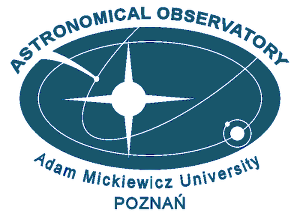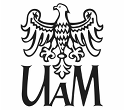Date: 20.07, 13:00
Presenter: Christina Thöne
Affiliation: Czech Academy of Sciences, Astronomical Institute
Title: GRB 171205A: Multi-wavelength observations of the host of a peculiar nearby GRB
Abstract:
Long GRBs are related to the collapse of a very massive star and therefore hosted in actively star-forming galaxies with young stellar populations. GRB 171205A has been among the closest GRBs ever detected and one of the best followed events. I will start with briefly presenting some of the observations of the actual event, where we, for the first time, detected emission from a cocoon around the GRB jet observing very high velocity material from the inside of the star. The host galaxy of this GRB is a star-forming grand-design spiral at a distance of only 163 Mpc. Its proximity made it possible to obtain some of the currently best multi-wavelength and spatially resolved datasets of a GRB host spanning from HI to radio, optical, UV observations and including integral field observations with MUSE. The host galaxy itself is rather unusual as a low-redshift host, however, the actual site of the GRB as studied by IFU spectroscopy is similar to what we see for other long GRB environments showing a low metallicity and a very high specific star-formation rate. This confirms the need for a detailed study of the actual explosion site. Kinematics of ionized and molecular gas show a regular rotating disk, however, the neutral gas is severely displaced and might point to some merger or large gas inflow, which could have triggered the large star formation manifested by the GRB in this otherwise average star-forming galaxy. Our multi-wavelength observations show the importance of broad-band
observations to fully understand the processes in a galaxy leading to the formation of a GRB progenitor.

